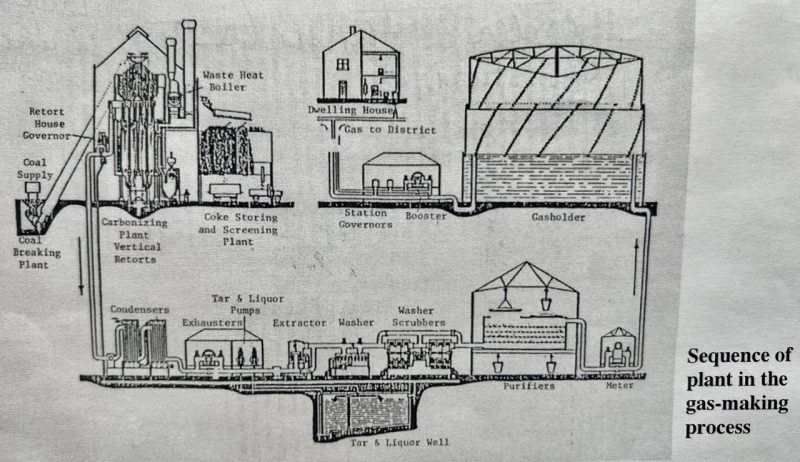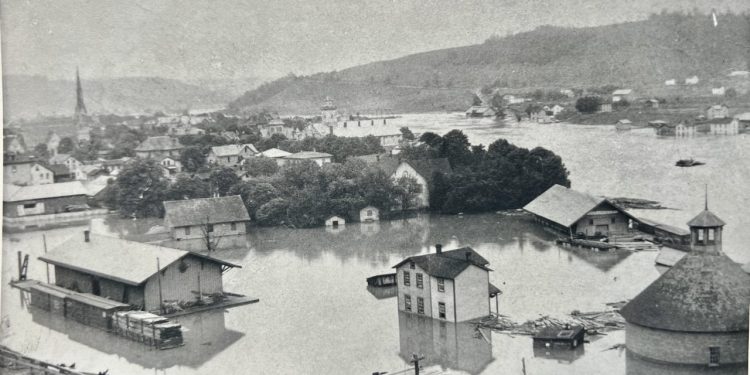Street conditions in 1850 after dark were very hazardous in Clearfield.
Mr. George M. Rheem (1805-1855) wrote an interesting article in which he stated, “The conditions of our town were not such as to induce persons to be found on the streets very much after dark.
“The pavements were made of two-inch planks, laid lengthwise and often the nails that held the ends down would rust off. As a result, the ends of the planks would tilt upward, making areas that would catch ones foot and a fall would result.”
The following is an article from The Raftsman’s Journal of Oct. 18, 1871. This was a weekly newspaper published in Clearfield.
“Street Lamps – Our Borough officers deserve thanks for the manner in which they have been pushing the street improvements.
“There is one subject, however – that of lighting the street at night – which seems thus far to have received little to no attention, but while we trust, they will take into consideration at an early day.
“The erection of posts, and the purchase of suitable lamps, would require but a very small expenditure of money, while the comfort and benefit that would be derived from the lighting of the streets would be large, and receive the commendation to every good citizen.
“We doubt whether in any other town of the same population, as many fine churches, public buildings, and private residences can be found; but in the matter of light at night, we are sadly deficient, and we hope as already intimated, that the borough authorities will find it prompt attention.”
Clearfield Gas Light Co. was incorporated in 1859 and was not fully organized until 1873. The Gas Works was built on land north of the Clearfield and Tyrone Railroad depot.
Approximately 12,165 feet of main were laid through the borough streets, and lamp posts were placed at suitable areas for street lights. About 150 consumers were within the borough eventually.




